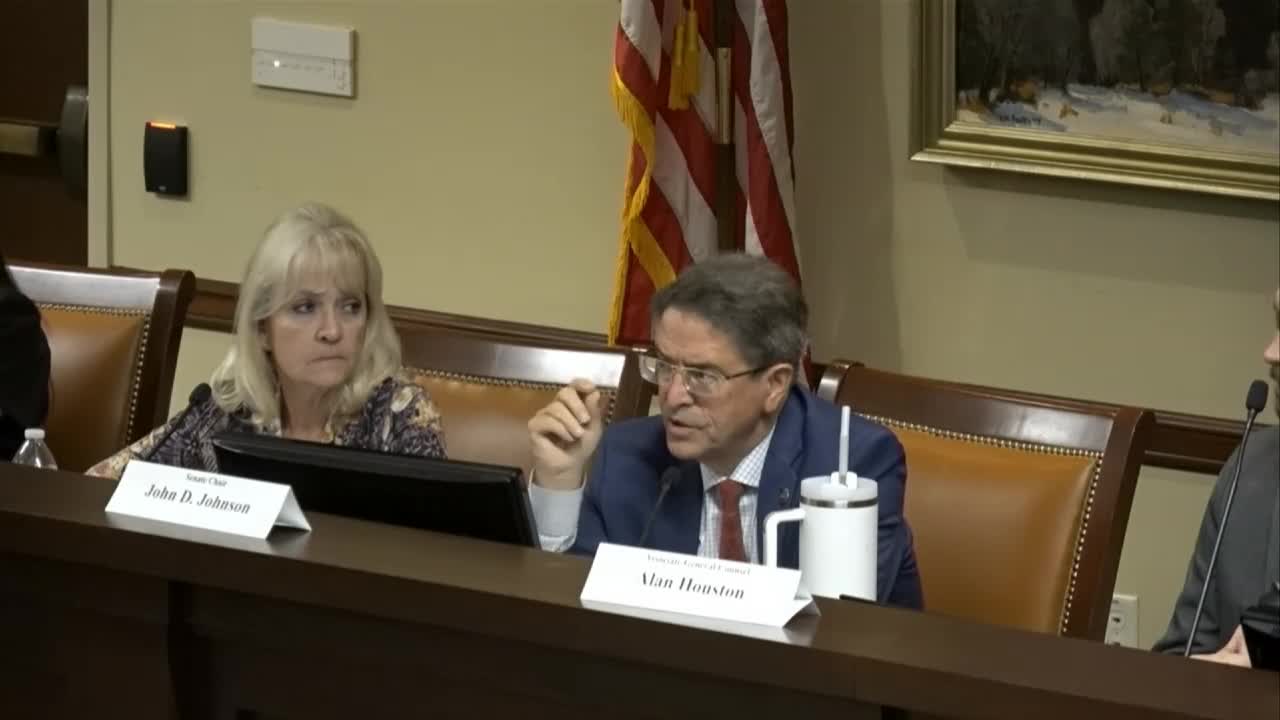Child safety standards under scrutiny in foster care debate
October 10, 2024 | Utah Interim, Utah Legislative Branch, Utah
This article was created by AI summarizing key points discussed. AI makes mistakes, so for full details and context, please refer to the video of the full meeting. Please report any errors so we can fix them. Report an error »

In a recent government meeting, officials discussed the complexities surrounding child safety and custody, particularly in relation to the standards for removing children from their homes. The conversation highlighted the distinction between children living with their biological parents and those in foster care, emphasizing that different protocols apply in each scenario.
One official clarified that none of the recent homicides involving children were connected to the Division of Child and Family Services (DCFS) at the time of death. Instead, these cases involved children who were with their natural parents, while any deaths associated with DCFS services were attributed to natural causes or accidents.
The discussion also addressed the criteria for child removal. Officials noted that a higher standard is required for removing a child from their biological parents compared to taking a child out of a potentially unsafe foster home. When assessing the safety of children in foster care, DCFS utilizes risk and safety assessment tools to inform decisions. If a child in foster care is deemed unsafe, DCFS can act swiftly to remove them without the need for a shelter hearing, as they are considered the child's guardian.
In cases where a foster home is not meeting a child's needs but is not deemed unsafe, a 10-day notice is provided to allow the foster family to respond to concerns before any placement changes are made. This structured approach aims to balance the safety of children with the rights of foster families, ensuring that decisions are made with careful consideration of each child's circumstances.
One official clarified that none of the recent homicides involving children were connected to the Division of Child and Family Services (DCFS) at the time of death. Instead, these cases involved children who were with their natural parents, while any deaths associated with DCFS services were attributed to natural causes or accidents.
The discussion also addressed the criteria for child removal. Officials noted that a higher standard is required for removing a child from their biological parents compared to taking a child out of a potentially unsafe foster home. When assessing the safety of children in foster care, DCFS utilizes risk and safety assessment tools to inform decisions. If a child in foster care is deemed unsafe, DCFS can act swiftly to remove them without the need for a shelter hearing, as they are considered the child's guardian.
In cases where a foster home is not meeting a child's needs but is not deemed unsafe, a 10-day notice is provided to allow the foster family to respond to concerns before any placement changes are made. This structured approach aims to balance the safety of children with the rights of foster families, ensuring that decisions are made with careful consideration of each child's circumstances.
View full meeting
This article is based on a recent meeting—watch the full video and explore the complete transcript for deeper insights into the discussion.
View full meeting

